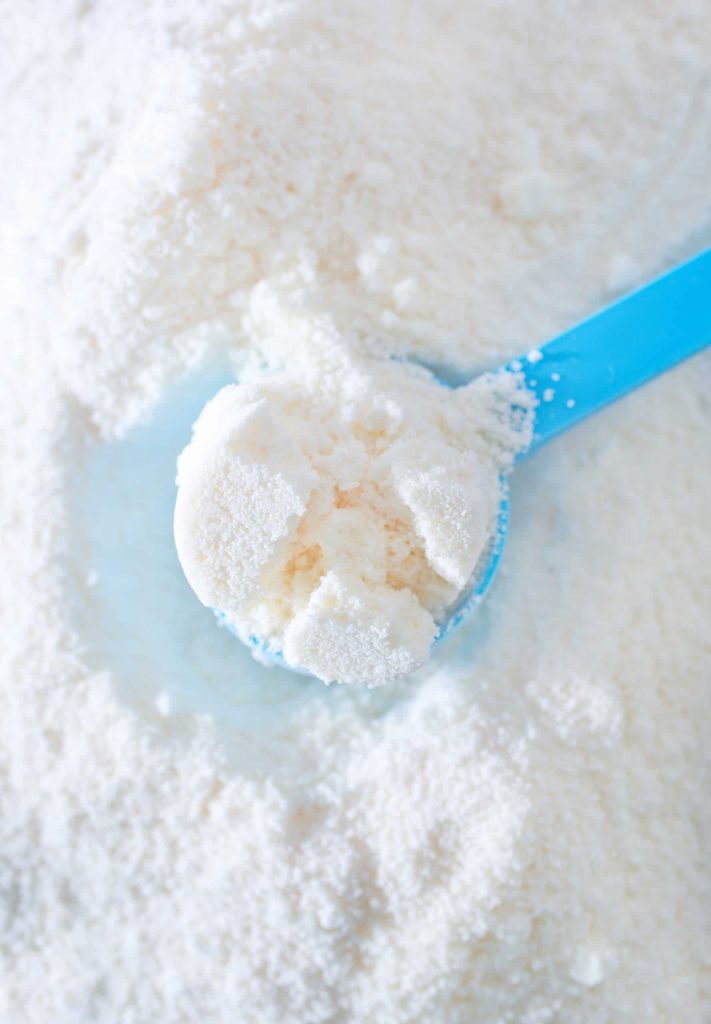Resource &
Knowledge Center
Milk Ingredients
Whey Ingredients
CARBOHYDRATE INGREDIENTS
milkfat Ingredients
Nonfat Dry Milk Standard
v 3.0 | Effective 07/06/2023

Product Definition
Nonfat Dry Milk (NDMNonfat dry milk More) is obtained by the removal of water from pasteurized skim milk. Nonfat Dry Milk contains not more than 1.50% fat and not more than 5.0% total moisture.
Nonfat Dry Milk complies with all provisions of the U.S. Federal Food, Drug, and Cosmetic Act.
See the separate ADPIAmerican Dairy Products Institute More standard for Instant Nonfat Dry Milk (iNDM) for product that has been produced in such a way as to improve its dispersion and reconstitution properties.
Composition of Extra Grade Nonfat Dry Milk
Extra Grade is so designated to indicate the highest qualityFocus on doing things well and producing a product acceptable to consumers More of Nonfat Dry Milk. In addition to meeting the established USDAUS Department of Agriculture More General Grading Requirements, it shall meet the following specifications:
| Spray Dried | Atmospheric Roller Dried | ||
|---|---|---|---|
| Parameter | Units of Measure | Limits | Limits |
| Fat | % | 1.25 maximum | |
| Total Moisture | % | 4.0 maximum | |
| Scorched particles (1) | mg/25g | 15.0 maximum | 22.5 maximum |
| Titratable acidity (1) | % | 0.15 maximum | |
| Solubility index (1) | mL | 1.2 maximum (2) | 15.0 maximum |
(1) Scorched particlesParticles of powder that have dried/overheated such that they are no longer white to cream in color. Scorched particles range from tan to brown to black depending on the degree of overheating. More, titratable acidity, and solubilityAbility of a liquid to dissolve another material. Examples: Lactose dissolving in water, alcohol dissolving in water. More index requirements ordinarily appear in ADPIAmerican Dairy Products Institute More Standards in the section defining Other Characteristics, but they are included here because they are integral to the established USDAUS Department of Agriculture More requirements for Extra Grade.
(2) Except for product designated as “high heat” which shall have a limit of 2.0 maximum.
Other Characteristics of Extra Grade Nonfat Dry Milk
Physico-chemical Properties
| Spray Dried | Atmospheric Roller Dried | ||
|---|---|---|---|
| Parameter | Units of Measure | Limits | Limits |
| Appearance | visual | entirely free from lumps that do not break up under slight pressure | |
| Flavor | sensory | sweet and desirable flavor; may possess chalky, cooked, feed and flat flavors to a slight degree | same as for spray dried product; a light scorched flavor is also permitted |
Microbiological Analysis
| Spray Dried | Atmospheric Roller Dried | ||
|---|---|---|---|
| Parameter | Units of Measure | Limits | Limits |
| Standard plate count | CFU/g | 10,000 maximum | |
| Coliforms | CFU/g | 10 maximum | |
Composition of Standard Grade Nonfat Dry Milk
Standard Grade includes Nonfat Dry Milk that fails in one or more particulars to meet the requirements of Extra Grade, but which meets the following specifications:
| Spray Dried | Atmospheric Roller Dried | ||
|---|---|---|---|
| Parameter | Units of Measure | Limits | Limits |
| Fat | % | 1.50 maximum | |
| Total Moisture | % | 5.0 maximum | |
| Scorched particles (3) | mg/25g | 22.5 maximum | 32.5 maximum |
| Titratable acidity (3) | % | 0.17 maximum | |
| Solubility index (3) | mL | 2.0 maximum (4) | 15.0 maximum |
(3) Scorched particles, titratable acidity, and solubility index requirements ordinarily appear in ADPI Standards in the section defining Other Characteristics, but they are included here because they are integral to the established USDA requirements for Standard Grade.
(4) Except for product designated as “high heat” which shall have a limit of 2.5 maximum.
Other Characteristics of Standard Grade Nonfat Dry Milk
Physico-chemical Properties
| Spray Dried | Atmospheric Roller Dried | ||
|---|---|---|---|
| Parameter | Units of Measure | Limits | Limits |
| Appearance | visual | free from lumps that do not break up under slight pressure | |
| Flavor | sensory | fairly desirable flavor; may possess bitter, oxidized, stale, storage, utensil, and scorched flavors to a slight degree; and chalky, cooked, feed and flat flavors to a definite degree | same as for spray dried product; a definite scorched flavor is also permitted |
Microbiological Analysis
| Spray Dried | Atmospheric Roller Dried | ||
|---|---|---|---|
| Parameter | Units of Measure | Limits | Limits |
| Standard plate count | CFU/g | 50,000 maximum | |
| Coliforms | CFU/g | 10 maximum | |
Optional Test for Nonfat Dry Milk
Another test which may be made on any Nonfat Dry Milk (not mandatory for grade designation, but, if determined, must comply with the limits as indicated) is:
| Spray Dried | Atmospheric Roller Dried | ||
|---|---|---|---|
| Parameter | Units of Measure | Limits | Limits |
| Direct microscopic clump (DMC) count | count/g | 100 million maximum | |
When it is determined that Nonfat Dry Milk:
- fails to meet the requirements of Standard Grade5;
- fails to meet the requirements of the Optional Test, when such test has been made5; or
- has a coliform count exceeding 10 CFU/g (equivalent to the limit for either Extra Grade or Standard Grade); or
- has been produced in a plant that is rated ineligible for USDAUS Department of Agriculture More grading service or is not USDAUS Department of Agriculture More approved;
then it shall not be assigned a grade.
(5) When tested in accordance with the standardized methods of analysis contained herein
Additional ADPI Specifications
Microbiological Analysis
| Spray Dried | Atmospheric Roller Dried | ||
|---|---|---|---|
| Parameter | Units of Measure | Limits | Limits |
| Yeast and mold | CFU/g | 100 maximum | |
| Enterobacteriaceae (6) | CFU/g | 10 maximum | |
| Salmonella genus | CFU/sample (7) | not detected | |
| Staphylococcus (coagulase positive) | CFU/g | not detected (8) | |
| Listeria genus | CFU/g | not detected | |
(6) The food industry is trending toward Enterobacteriaceae (“EB”) as the most commonly used category of indicator organisms for gauging general process sanitation. For compliance with this Standard, coliformsRod shaped, Gram negative bacteria that are found in the digestive tract of warm-blooded animals, and in plant and soil material. Coliforms often are used as an indicator organism for possible fecal contamination. See also total and fecal coliforms. More shall be utilized for compliance with the USDAUS Department of Agriculture More Grade requirements, while EB may be used at the discretion of the manufacturer.
(7) Typical minimum sample size for Salmonella testing is 25 g, but the exact sample size and methodology is left to the discretion of the manufacturer.
(8) Where the effective limit of quantitation for the test is 10 CFU/g (such as when a dilution factor of 10 is applied) then the test result must be not detected in order to comply with this Standard. Where the testing method is capable of quantifying microbial counts below 10 CFU/g, then a compliant result must be a value less than 10 CFU/g.
Heat Treatment Classification
Heat treatment classification is not a grading requirement, but it is of practical importance in indicating the suitability of spray process Nonfat Dry Milk for various end uses. The whey proteinProtein in milk that remains in water phase after casein precipitates. More nitrogen (WPN) test forms the basis for the following heat treatment classifications.
Higher processing temperatures and/or extended holding times contribute directly to whey proteinProtein in milk that remains in water phase after casein precipitates. More denaturationChange in the structure of a protein, resulting in the loss of its natural (native) shape, but not its primary sequence (amino acids). More. The WPN index is used as a measure of the cumulative heat effects during processing of Nonfat Dry Milk.
| Spray Dried | ||
|---|---|---|
| Classification | WPN Units of Measure | Limits |
| Low heat | mg/g | 6.00 minimum |
| Medium heat | mg/g | 1.51 - 5.99 |
| High heat | mg/g | 1.50 maximum |
Permissible Additives
Nonfat Dry Milk may not contain, or be derived from:
- Dry buttermilk;
- Dry wheyFresh whey that has been pasteurized and contains all constituents, except water, in the same proportions as found in the original whey More;
- Products other than skim milk.
Added preservatives, neutralizingAddition of caustic, such as sodium hydroxide, to increase the pH of the product. Neutralizing typically would be used only for acid or fermented whey. More agents, and other chemicals are not permitted in Nonfat Dry Milk.
Methods of Analysis
| Parameter | Reference Method |
|---|---|
| Fat | AOAC 989.05 |
| Total Moisture | AOAC 925.45 |
| Scorched particles | ADPI |
| Titratable acidity | AOAC 947.05 |
| Standard plate count | SMEDP |
| Coliforms | SMEDP |
| Direct microscopic clump (DMC) count | SMEDP |
| Yeast and mold | FDA BAM |
| Enterobacteriaceae | FDA BAM |
| Salmonella | AOAC |
| Staphylococcus | AOAC |
| Listeria | FDA BAM |
| Whey protein nitrogen | SMEDP |
Product Labeling
Nonfat Dry Milk is typically used for fluid milk fortification, frozen desserts, cheese, yogurt, dairy beverages, bakery products, custards, gravies, sauces, frozen foods, packaged dry mixes, processed meats, soups, infant formulas, snack foods, cosmetics, and others.
The heat treatment classification of Nonfat Dry Milk has bearing on its appropriate end-use applications.
Product should be stored, shipped, and utilized according to the manufacturer’s established recommendations. As guidance, product should be stored and shipped in a cool, dry environment with temperature below 80°F and relative humidity below 65%. Stocks should be rotated and utilized in accordance with the manufacturer’s established date of expiration or retest.
Multiwall kraft bags with polyolefin inner liner, or other suitable closed containers (e.g., totes) are typical.
In no event shall ADPI be liable for any direct, indirect, incidental, special, exemplary, or consequential damages (including, but not limited to: the need to procure substitute goods or services; loss of use, data, or profits; or business interruption) however caused and on any theory of liability, whether in contract, strict liability, or tort (including negligence or otherwise) arising in any way out of the publication, use of, or reliance upon any standard, even if advised of the possibility of such damage and regardless of whether such damage was foreseeable.
